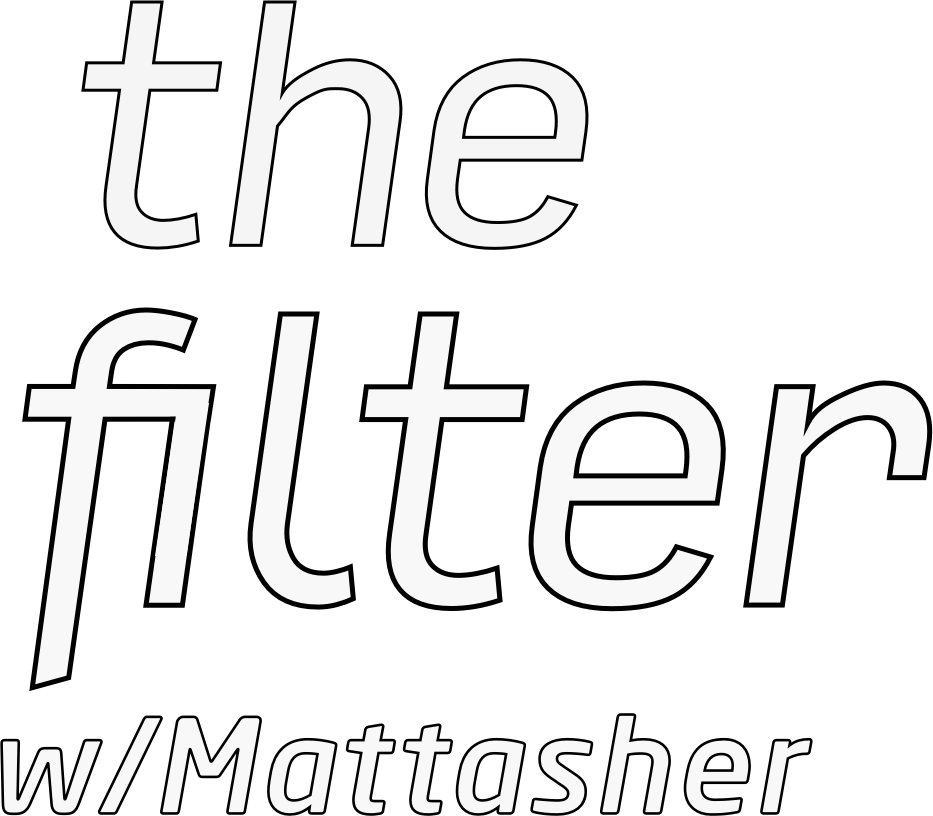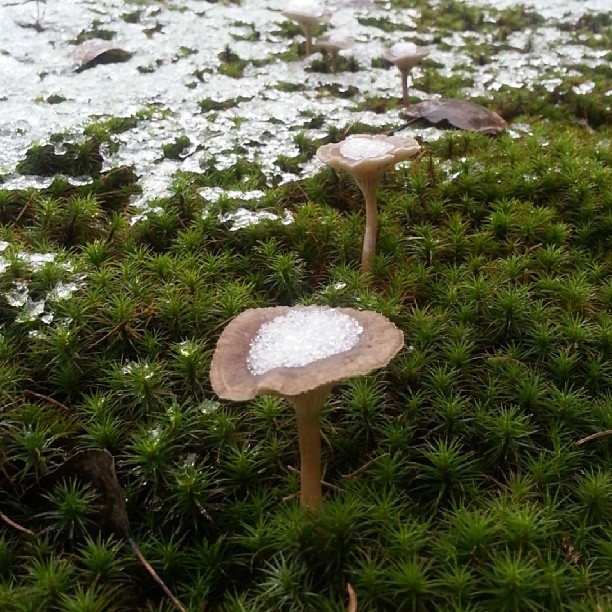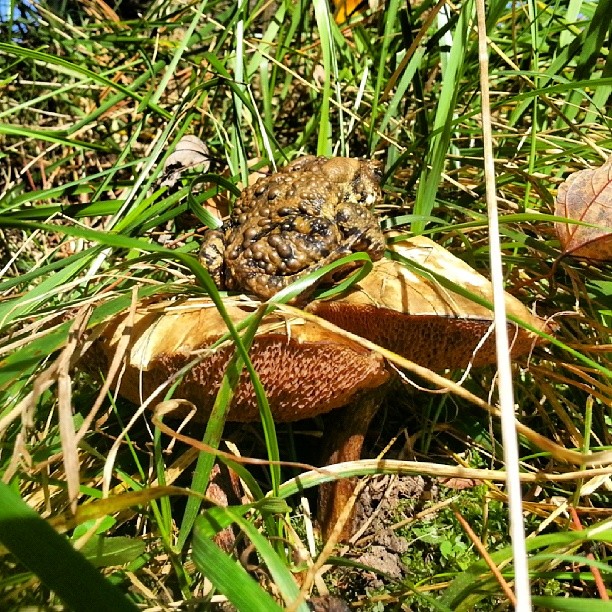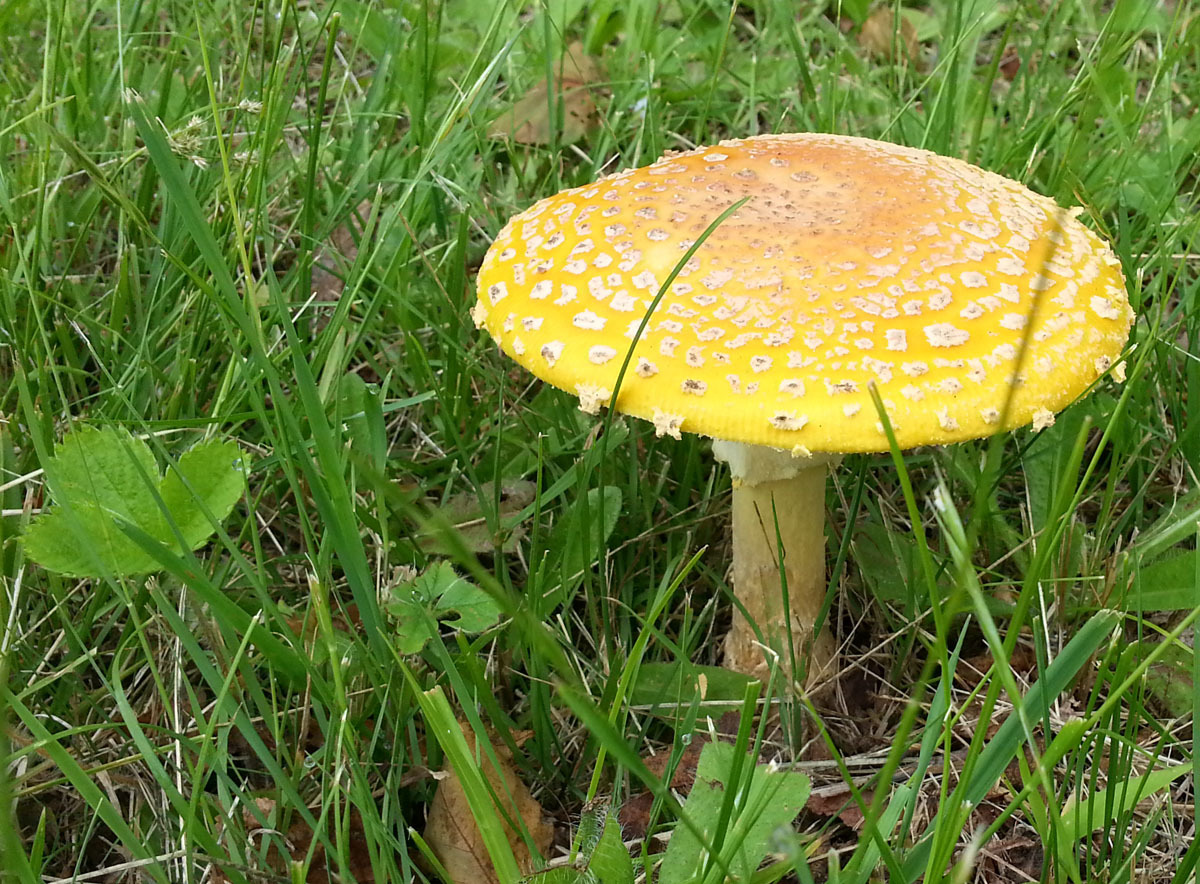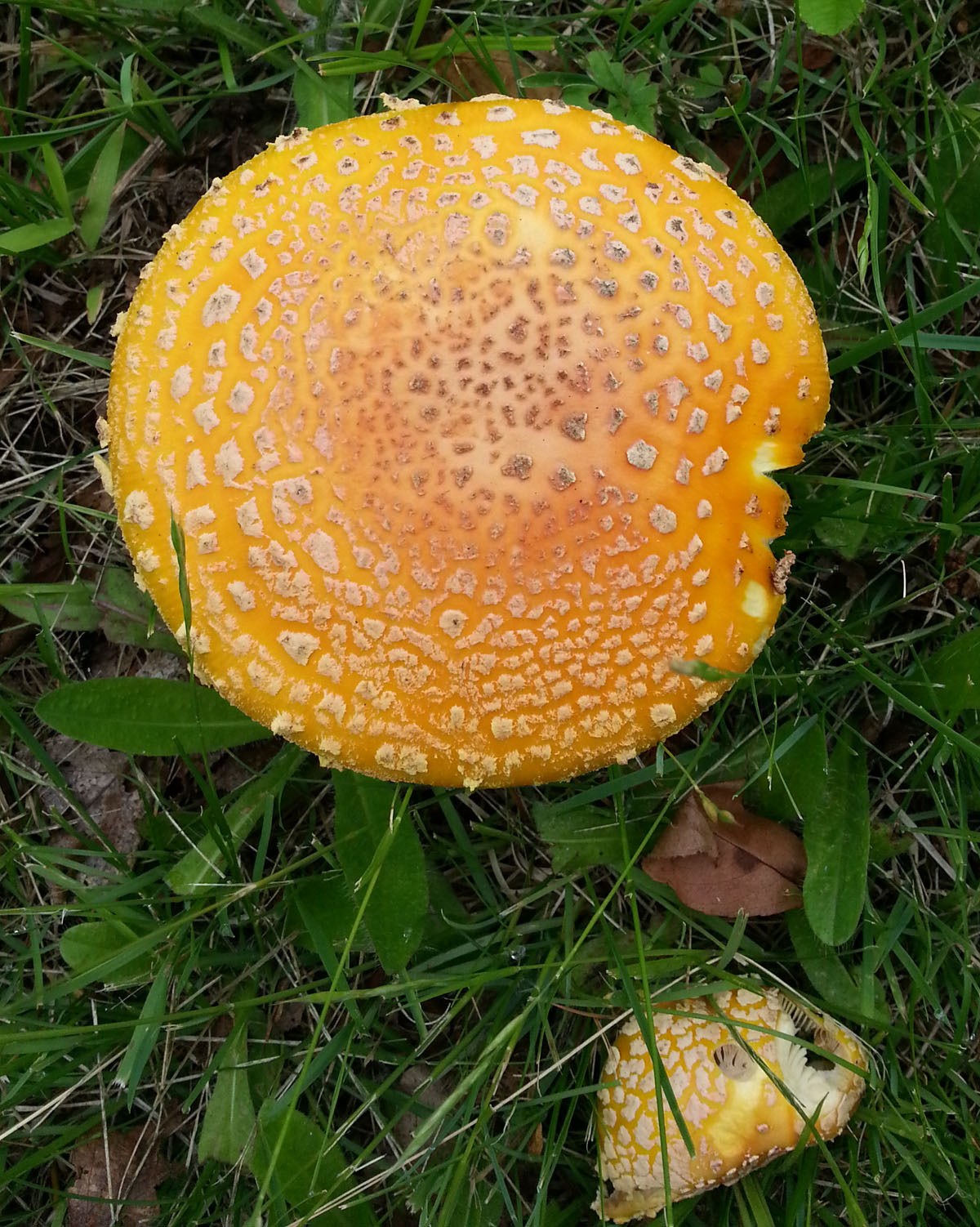“It struck me, what quality went to form a Man of Achievement especially in Literature & which Shakespeare possessed so enormously—I mean Negative Capability, that is when man is capable of being in uncertainties, Mysteries, doubts, without any irritable reaching after fact & reason—Coleridge, for instance, would let go by a fine isolated verisimilitude caught from the Penetralium of mystery, from being incapable of remaining content with half knowledge.”
Category: Mushrooms
Amanita Hiaku
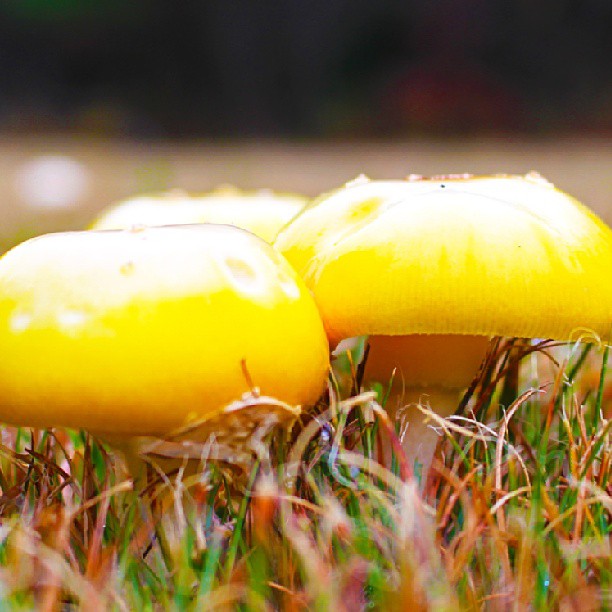
Three Amanitas
Glisten on a dewy morn
Warts licked off by rain
Amanitaville

Young Fly Agaric pokes up out of the moss.
Toad on a toadstool
Dryads Saddle
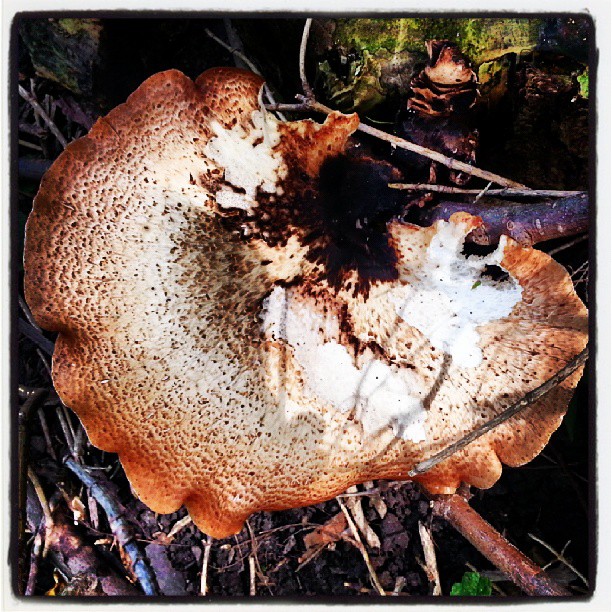
Stumbled onto this dryads saddle the other day. Apparently it’s edible but it looked to have been already munched so I passed.
Ravine sighting
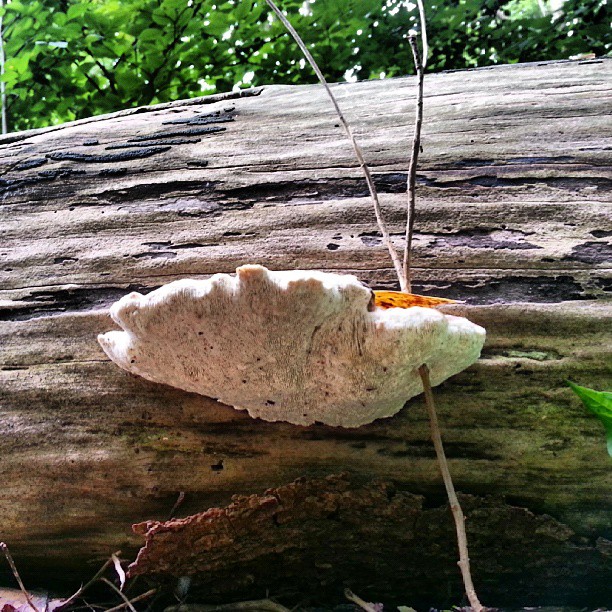
Polypore eating a twig. Spotted in the ravine off St Clair in Toronto
Amanita + Hypomyces
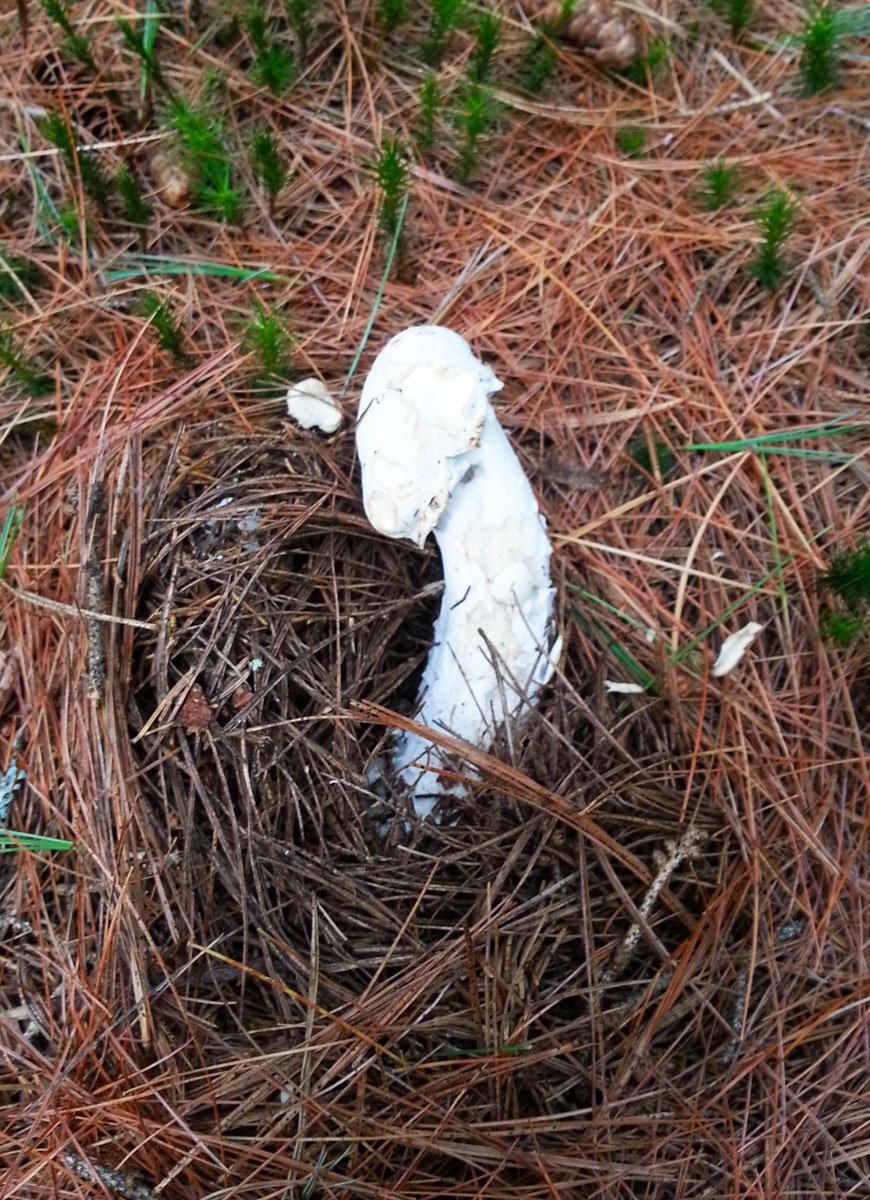
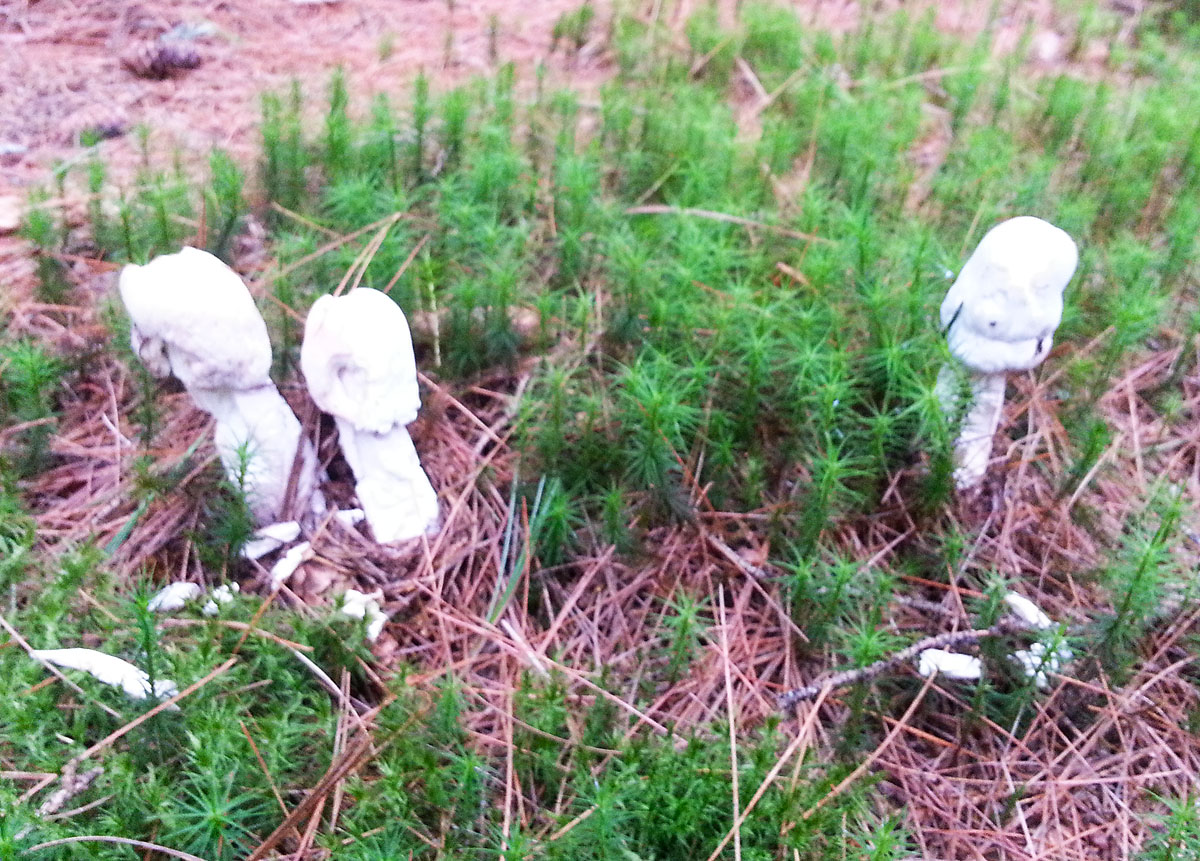
The decidedly phallic looking mushroom at top began life as an Amanita, then was consumed by the Hypomyces fungus. The first time I saw one of these frankenshrooms I thought I’d discovered a whole new species. The more common (and edible!) Hypomyces infestation results in orange-red Lobster mushrooms. In my woods all I get are these otherworldly white mutants.
Hygrocybe persistens

Continues to be a fantastic summer for mushrooms up at the cottage. This guy here is a Hygrocybe, most likely H. persistens.
Blood Spore
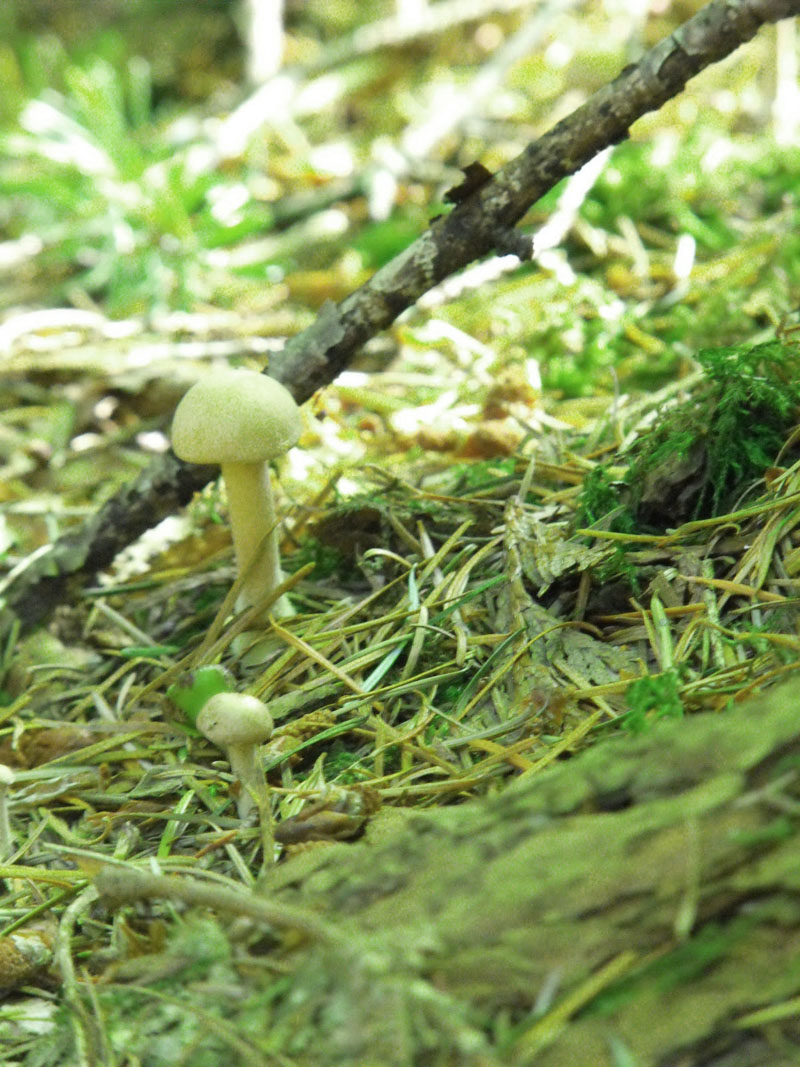
[O]nce the eye is properly trained they begin to appear everywhere… and with the realization of this ubiquity comes a second order realization, which is that one’s entire life up to that point has been spent attentionally blind to something this is everywhere and always around us.“ Hamilton Morris writing in “Blood Spore,” an article from the July issue of Harper’s Magazine.
Return of the Flys
Spotted the first Amanitas of the year. These guys usually show up in late October or early November, never seen them so early. Perhaps our long, wet, cool spring this year fooled them into things it’s already Fall. If you’re wondering if this is a version of the iconic Fly Agaric (Amanita muscaria var. formosa) I’m not sure. The bulb is more like the one for Amanita flavoconia, and at times I see ones that look like Amanita frostiana.
